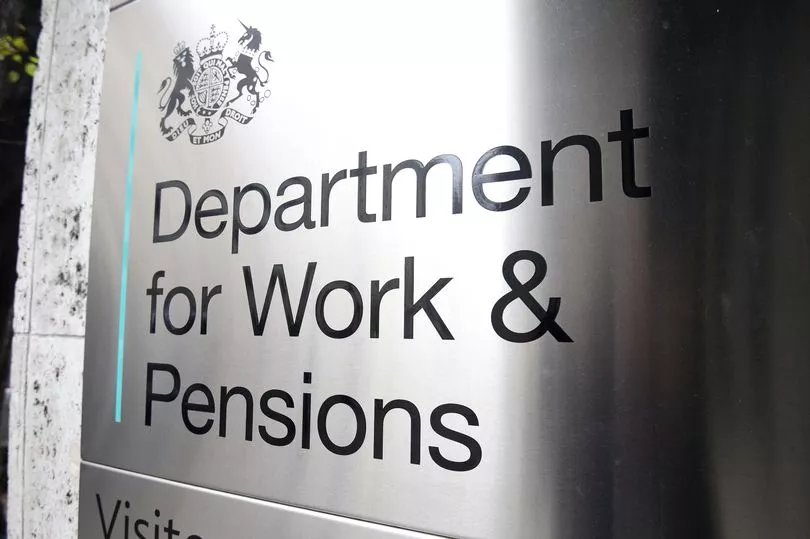The bustling town of Aylesbury is bracing itself for significant travel disruptions as a crucial thoroughfare into the town is […]
In a significant move to support visually impaired individuals, the Department for Work and Pensions (DWP) has announced a new initiative where thousands of people with common eyesight issues will receive a substantial financial boost. This scheme aims to alleviate some of the financial burdens faced by those living with visual impairments. Additionally, the initiative also highlights the role and benefits of Attendance Allowance (AA), which provides extra financial help for those who require assistance at home due to disability or illness.
Understanding the DWP's New Initiative

Source: https://www.cambridge-news.co.uk/news/cost-of-living/dwp-pay-thousands-people-common-29511415
The DWP's new policy is a beacon of hope for many who struggle daily with visual impairments. Starting this month, eligible individuals will receive £434 each month as part of this program. This financial assistance aims to cover various costs associated with visual impairments, such as specialised equipment, transportation, and other essentials that are vital for maintaining a good quality of life.
Visually impaired individuals often encounter numerous challenges, from difficulties in navigating public spaces to the added costs of assistive devices that are not covered by regular health insurance. The DWP's decision to provide this monetary aid reflects a growing acknowledgment of these challenges and a commitment to fostering an inclusive society where everyone has the opportunity to live independently and with dignity.
Attendance Allowance: Extra Help at Home
In addition to this new financial support for visually impaired individuals, the DWP also offers Attendance Allowance (AA) to those over State Pension age who need help at home because of a disability or illness. AA is designed to assist those who have care needs by providing extra money, allowing them to hire help or purchase necessary equipment and services to make their daily lives more manageable.
Attendance Allowance is a non-means-tested benefit, which means it is not based on income or savings. It is divided into two rates: a lower rate for those who need frequent help or constant supervision during the day, or supervision at night; and a higher rate for those who need help or supervision throughout both day and night, or who are terminally ill.
How to Apply for These Benefits
Applying for the DWP's monthly payment for visually impaired individuals requires proof of eligibility, which typically includes medical documentation of the eyesight issue. The application process involves filling out forms and possibly attending an assessment to determine the level of support needed.
For Attendance Allowance, applicants must complete an AA form, detailing the nature of their disability or illness and how it affects their daily life. The form can be obtained from the government’s website or requested by phone. It is crucial to provide thorough and accurate information to ensure the application is processed smoothly.
A Step Towards Inclusivity and Support
The introduction of the £434 monthly payments for visually impaired individuals and the continued availability of Attendance Allowance highlight the DWP's broader commitment to supporting those with disabilities and illnesses. These measures provide much-needed financial relief, helping recipients to manage their conditions more effectively and improve their quality of life.
As society progresses, it remains imperative to support vulnerable communities through robust and compassionate policies. The DWP's initiatives serve as a reminder that every step taken towards inclusivity ensures a better, more equitable world for all.